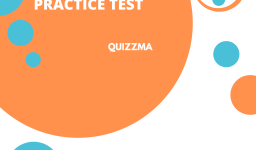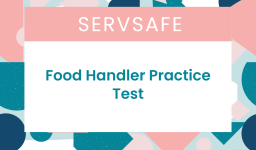Here, we provide key knowledge and resources based on the latest American Heart Association guidelines to help you prepare for a CPR certification test or simply to refresh your understanding of critical lifesaving skills.
Remember, while knowing CPR theoretically is important, nothing can replace hands-on training under the guidance of a certified instructor. Always ensure you have adequate training before attempting to administer CPR or other first aid measures.
Note
Below, we’ve prepared a series of practice questions reflecting the latest American Heart Association guidelines. The correct answers are highlighted. Use these as a study aid, and always remember to stay updated on the latest guidelines and best practices.
CPR 25 Questions Practice Test
Read Also:
Based on the latest American Heart Association guidelines, here are some key points to consider while preparing for a CPR test:
Adult Basic and Advanced Life Support
- On recognition of a cardiac arrest event, activate the emergency response system and initiate CPR simultaneously.
- High-quality CPR includes adequate compression depth and rate while minimizing pauses in compressions.
- Early defibrillation with concurrent high-quality CPR is critical to survival when sudden cardiac arrest is caused by ventricular fibrillation or pulseless ventricular tachycardia.
- Administration of epinephrine with concurrent high-quality CPR improves survival, particularly in patients with nonshockable rhythms.
Pediatric Basic and Advanced Life Support
- High-quality CPR is the foundation of resuscitation.
- A respiratory rate of 20 to 30 breaths per minute is new for infants and children who are (a) receiving CPR with an advanced airway in place or (b) receiving rescue breathing and have a pulse.
- The earlier epinephrine is administered after CPR initiation for patients with nonshockable rhythms, the more likely the patient is to survive.
Neonatal Resuscitation
- Newborn resuscitation requires anticipation and preparation by providers who train individually and as teams.
- Most newly born infants do not require immediate cord clamping or resuscitation and can be evaluated and monitored during skin-to-skin contact with their mothers after birth.
- Inflation and ventilation of the lungs are the priority in newly born infants who need support after birth.
Automated External Defibrillator (AED)
- Immediate CPR and use of an AED can double, or even triple, survival rates.
- Your chance of survival during a cardiac emergency decreases by 10% every minute without CPR.
Heimlich Maneuver:
- The Heimlich Maneuver should only be used if a person is choking and their life is endangered by a windpipe obstruction.
- In the event of an adult choking, rescuers should take action if they see signs of severe airway obstructions.
- If the person cannot speak, cough or breathe, give abdominal thrusts known as the Heimlich Maneuver.
- In the case of obesity or late pregnancy, give chest thrusts.
- If you are choking and are alone, try to give yourself abdominal thrusts (Heimlich Maneuver).



